Presenting the Holocaust exhibition in Marathi for the first time, the Israel Consulate in Mumbai explains why lessons from this horrific chapter of history continue to be relevant
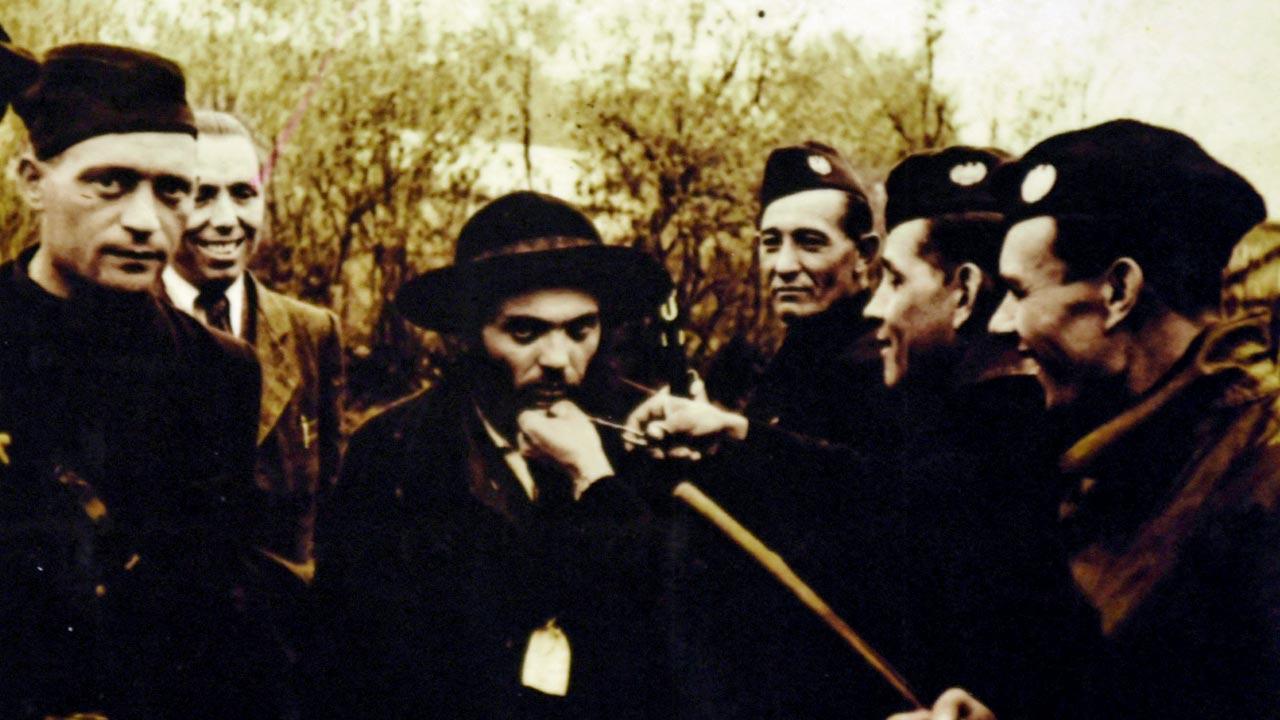
Slovak militiamen shearing a Jew’s beard in Stropkov, Slovakia, on May 21, 1942. Pics Courtesy/Yad Vashem
Te manavi drishtikonatuna kase kaye sakya hote (How was it humanly possible)?” reads the opening panel of the Marathi version of Shoah, an exhibition that offers insight into major historical events associated with the Holocaust, a term used to describe the brutal genocide of nearly six million Jews across German-occupied Europe during World War II. “It was perpetrated by Nazi Germany and its allies with the sole aim of annihilating the Jewish people,” explains another panel.
ADVERTISEMENT
Featuring 16 panels, the exhibition encapsulates the period starting from 1933 to 1945, presenting the Jewish life pre-, during and post-Holocaust, ending with the liberation of Jews from concentration camps across the continent. The photographs force us to imagine this bloodied past—starving Jewish children on the streets of the Warsaw Ghetto in Poland; a young boy working in the Jewish cemetery, pulling a body out of the morgue for burial; a mother holding an infant with her prison number tattooed on her arms, forcing us to reflect on how she had been disrobed of her identity. This is juxtaposed with the theatrical fandom that Adolf Hitler enjoyed amongst his supporters. Yes, how was it humanly possible?
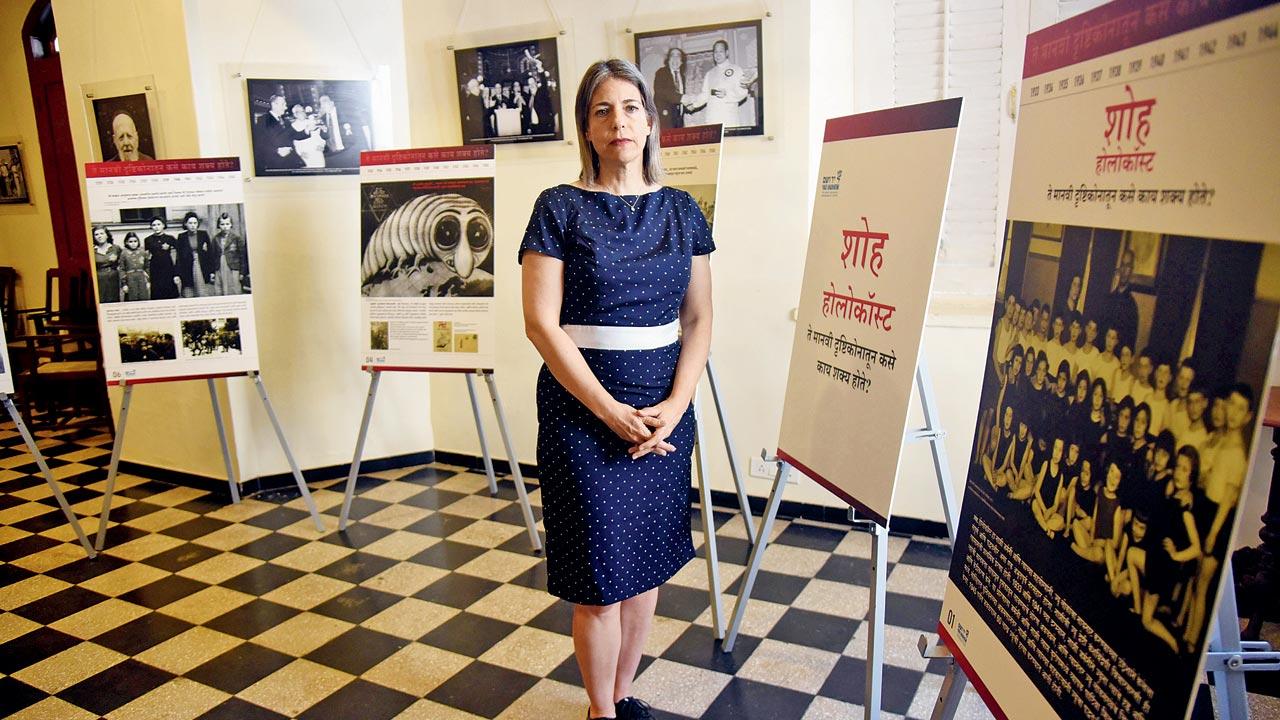 Dahlia Neumann, Deputy Consul General of Israel Consulate in Mumbai, who is the force behind the Shoah exhibition in Marathi, says her grandparents moved to Isarel in 1933, leaving behind large families, many of whom couldn’t escape the Holocaust. Pics/Sameer Markande
Dahlia Neumann, Deputy Consul General of Israel Consulate in Mumbai, who is the force behind the Shoah exhibition in Marathi, says her grandparents moved to Isarel in 1933, leaving behind large families, many of whom couldn’t escape the Holocaust. Pics/Sameer Markande
“It was a systematic genocide built on the principal of a racist anti-semitic world view,” shares Dahlia Neumann, Deputy Consul General of the Israel Consulate in Mumbai, who is the force behind introducing Shoah in Marathi.
It was last year, during the International Holocaust Remembrance Day on January 27, when Neumann realised that the Shoah—which means the Holocaust in Hebrew, the official language of Israel—exhibition had been translated into many languages over the years, but not in any of the Indian languages. “The Israeli diplomats in India had always sensed an interest among Indians to know more about the Holocaust,” says Neumann. Acting on this thought, she reached out to Yad Vashem, Israel’s official centre for holocaust remembrance and research, with a proposal to translate it into Marathi and Hindi.
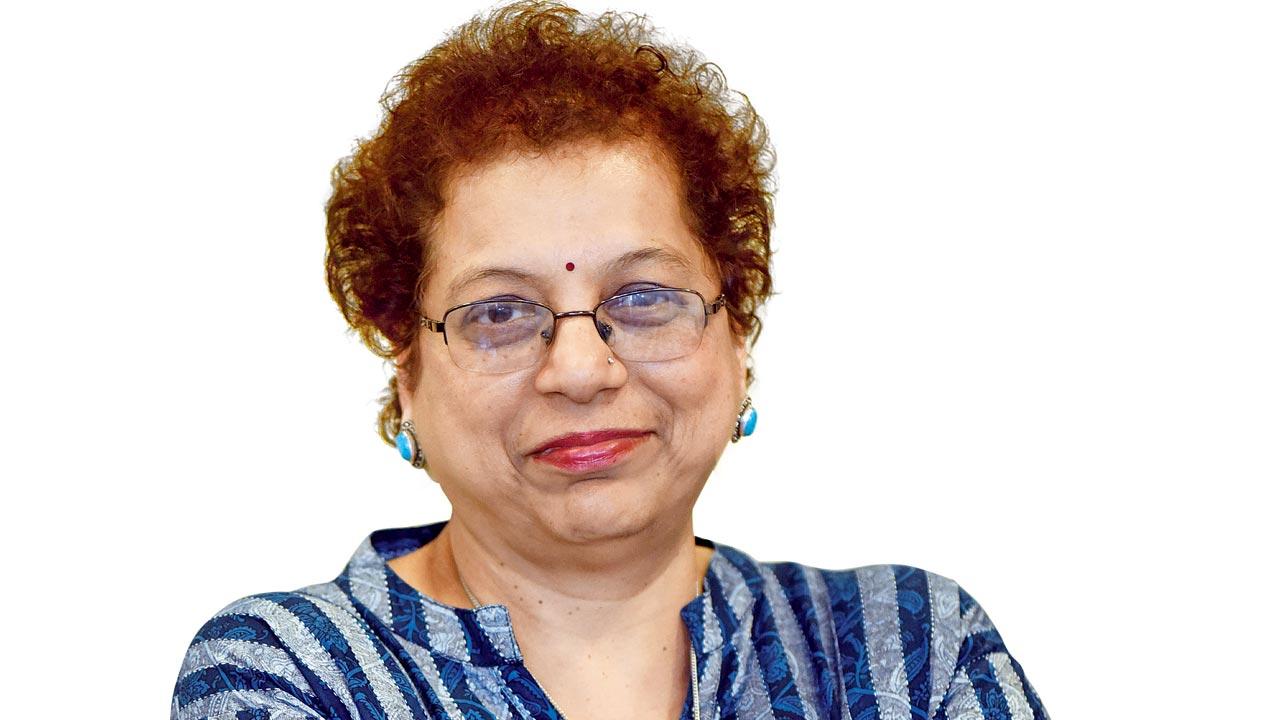 Dr Anita Rane-Kothare
Dr Anita Rane-Kothare
The Israel Consulate saw it as an opportunity to make the Shoah exhibition accessible to the Marathi speaking population and encourage them to participate in this discussion. “Thankfully, Yad Vashem was quick to respond and agreed to the proposal. Today, it is available on their website for everyone to access. It will be provided at little or no cost at all,” says Neumann.
The deputy consul shares that while the Holocaust occurred many years ago, the lessons learnt from that period are still relevant and universal. “It teaches us about racism, anti-semitism, and human rights issues that many people and communities are still struggling with. While doing that, it touches on the broader subject of Xenophobia—not being accepting of someone who doesn’t speak your language or follows your cultural practices,” says Neumann, adding, “Six million Jews were murdered, only because they were Jewish. It is hard to perceive! We need to eliminate such behaviour, because it can have dangerous consequences. We need to be sensitive to human rights violations of a community or a group.”
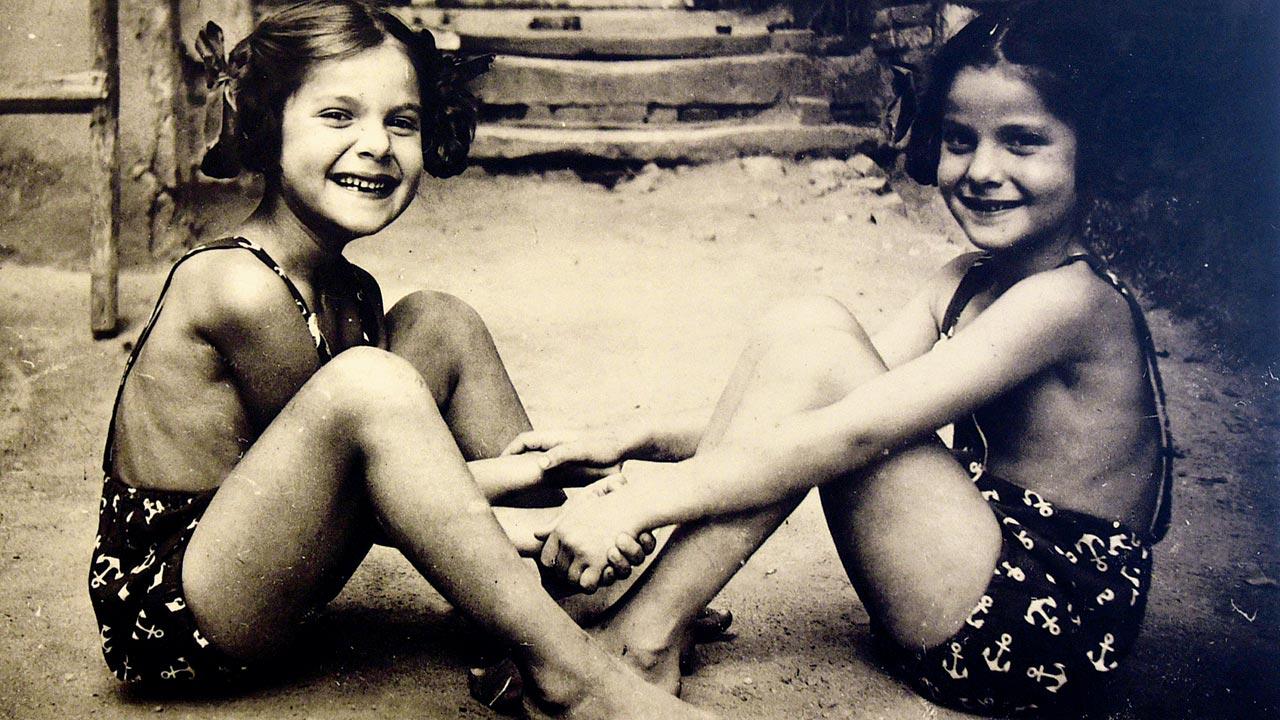 Two young girls laugh and play in a life before the Holocaust
Two young girls laugh and play in a life before the Holocaust
It took the consulate over a year to actualise the exhibition, which involved bringing a professional translation company from the UAE on board, to ensure that no creative liberty was taken in the process. For proofing, the research centre reached out to Dr Anita Rane-Kothare, head and associate professor, Department of Ancient Indian History, Culture and Archaeology at St Xavier’s College.
“Some years ago, I was part of a small group of academicians who were taken to Israel and Yad Vashem. We learnt about the Holocaust and also met some of the survivors who were in their 90s—one of them was Anne Frank’s friend and it was a revelation of sorts,” recalls Rane-Kothare, adding that she later hosted a Holocaust exhibition at her college. Proficient in Marathi, Hindi and English, Rane-Kothare helped the team iron out the translation, ensuring that it correctly captured the emotions and history, while being accessible to native speakers of the state.
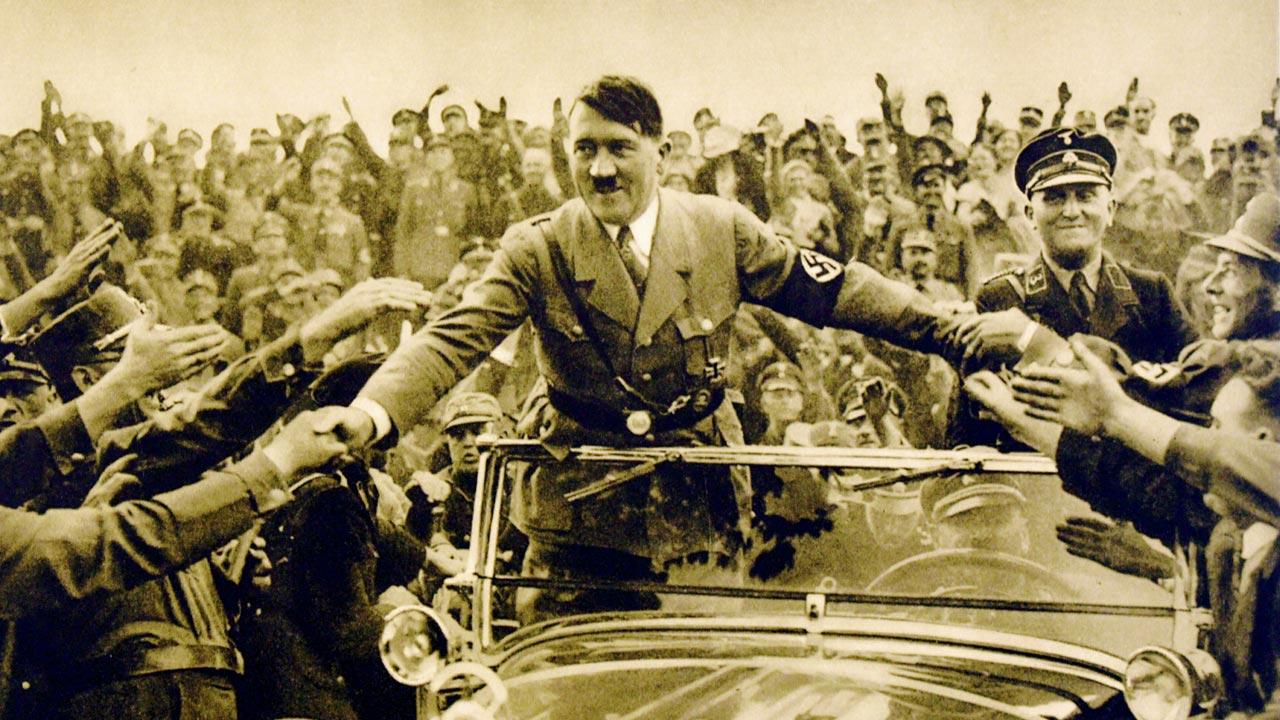 Adolf Hitler surrounded by supporters in 1930s’ Germany
Adolf Hitler surrounded by supporters in 1930s’ Germany
“When we printed that first panel, I was almost in tears,” says Neumann, adding, “as an Israeli, the Holocaust is a part of our life and identity. It is about the family members we lost, and my story is no different. My grandparents were very young and naive when they moved to Israel in 1933 with a dream to have a Jewish state, leaving behind their large families of six to eight siblings, most of whom couldn’t escape the Holocaust. So, while I had my grandparents, my father could never see his.”
Although the first exhibition, scheduled for Friday this week, on International Holocaust Remembrance Day, will be a closed one, Neumann is readying to take this exhibition to various Marathi-medium institutes. “It is important for us to reach out to Marathi schools, colleges and universities,” says Neumann, adding that society needs to be wary of anything presented to them as an excuse or cover for hate. “We need to identify it and not turn our back from it.”
 Subscribe today by clicking the link and stay updated with the latest news!" Click here!
Subscribe today by clicking the link and stay updated with the latest news!" Click here!







